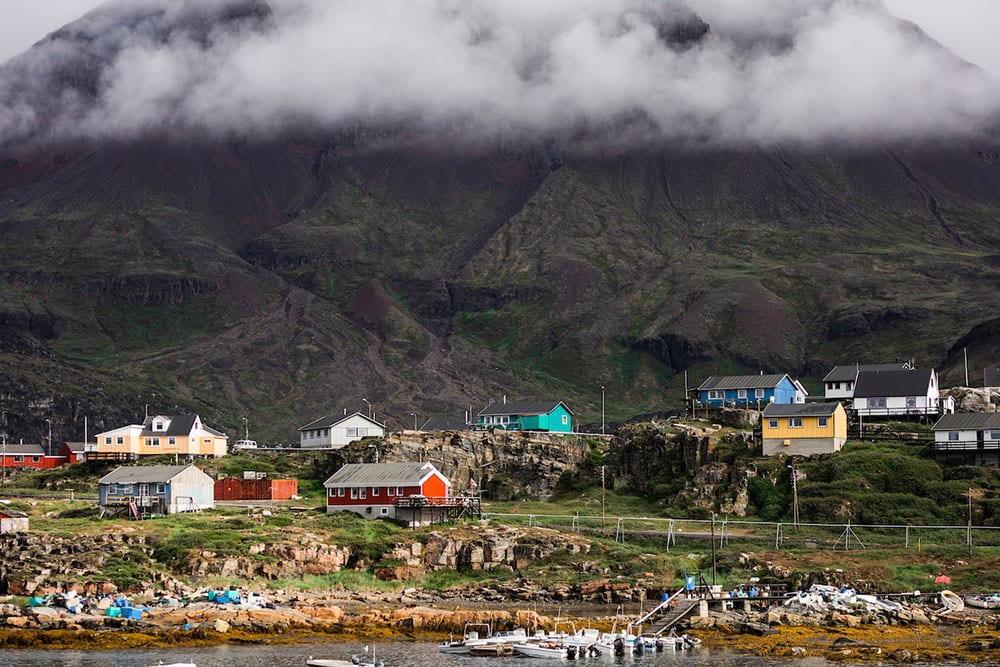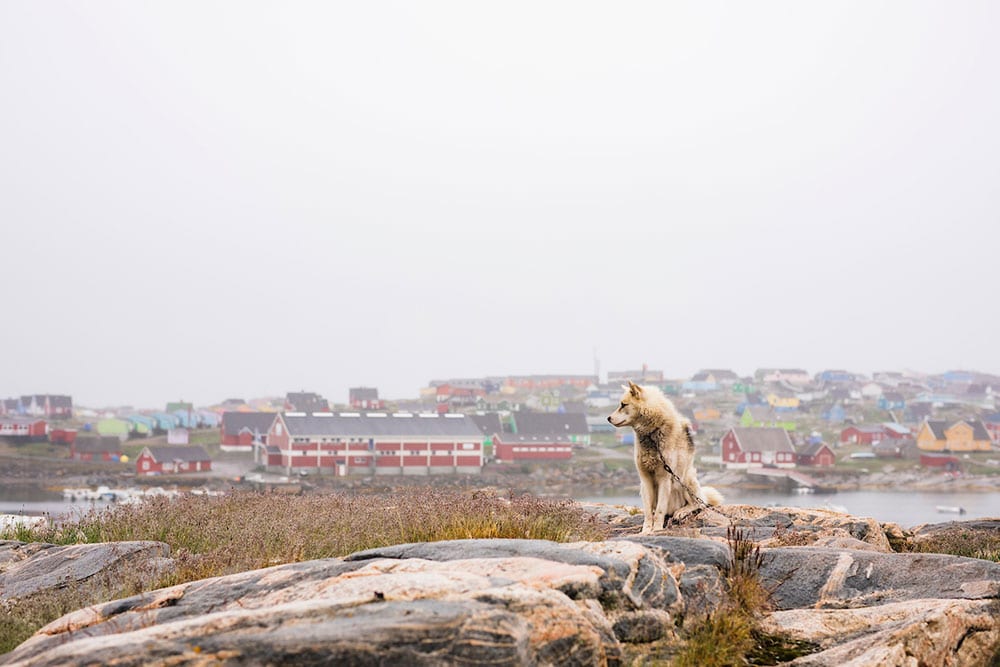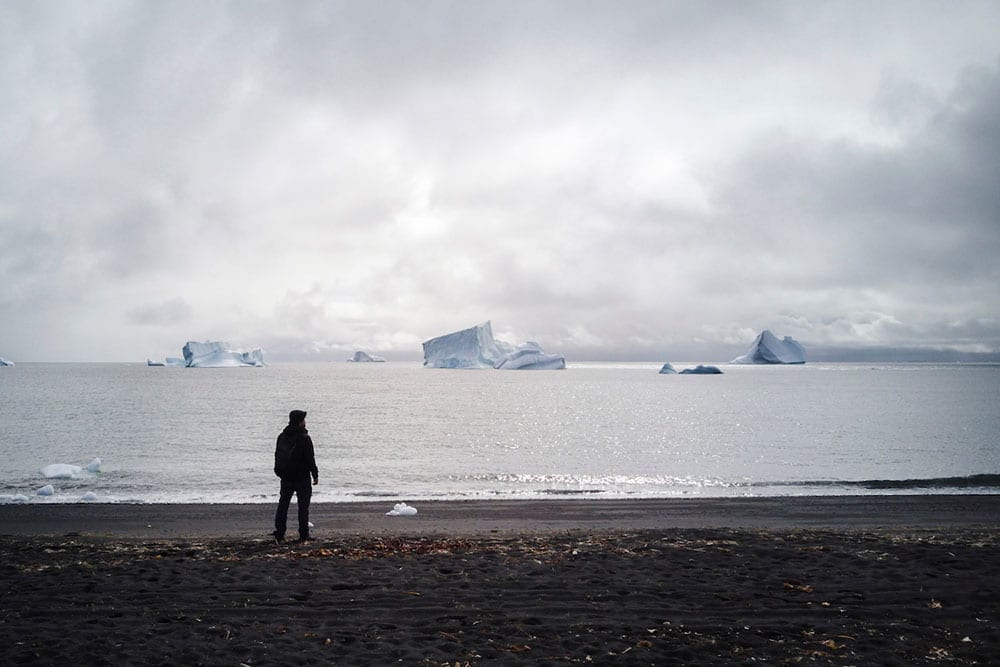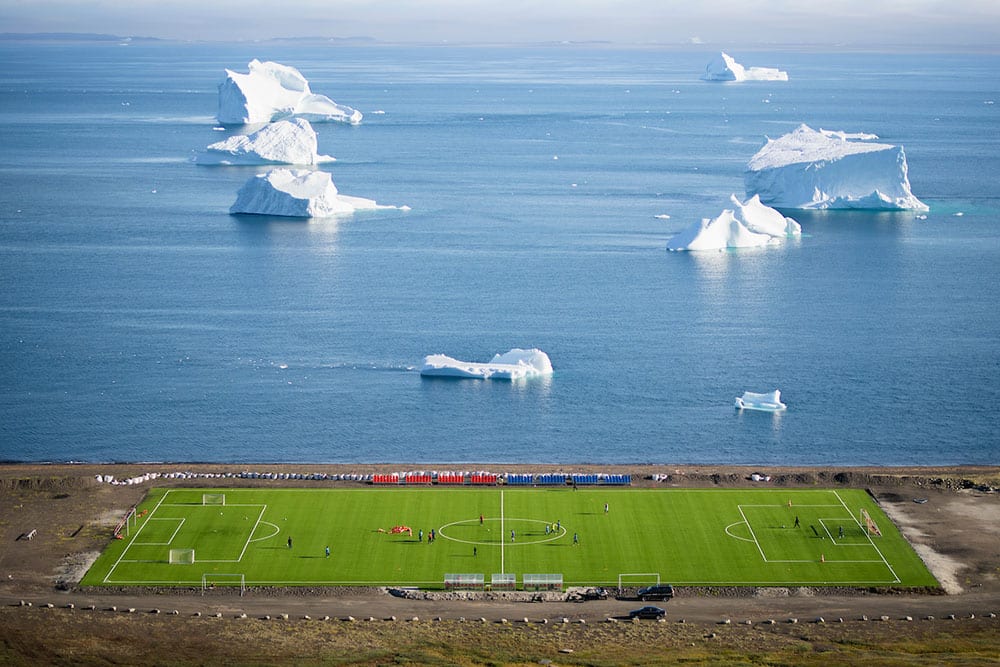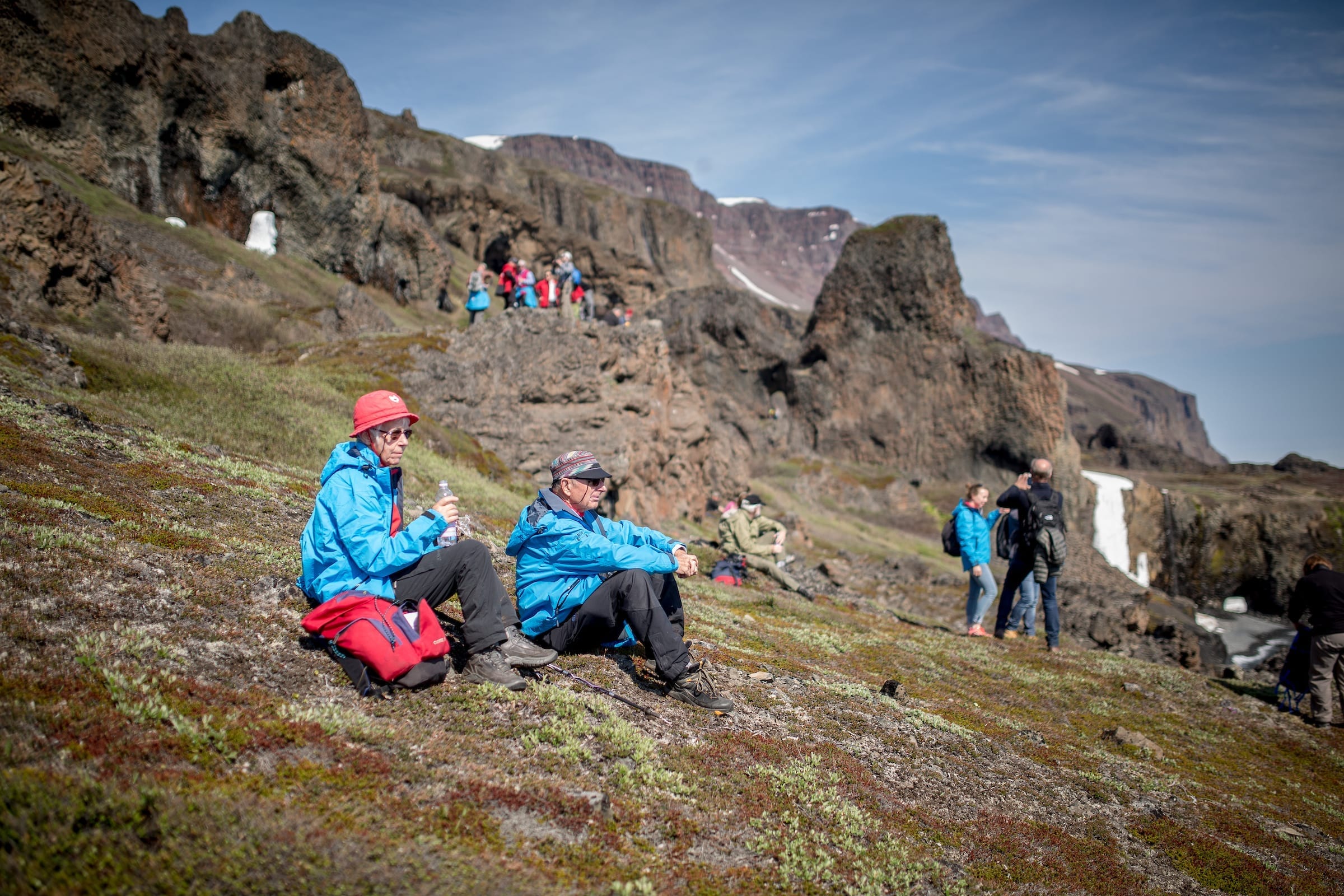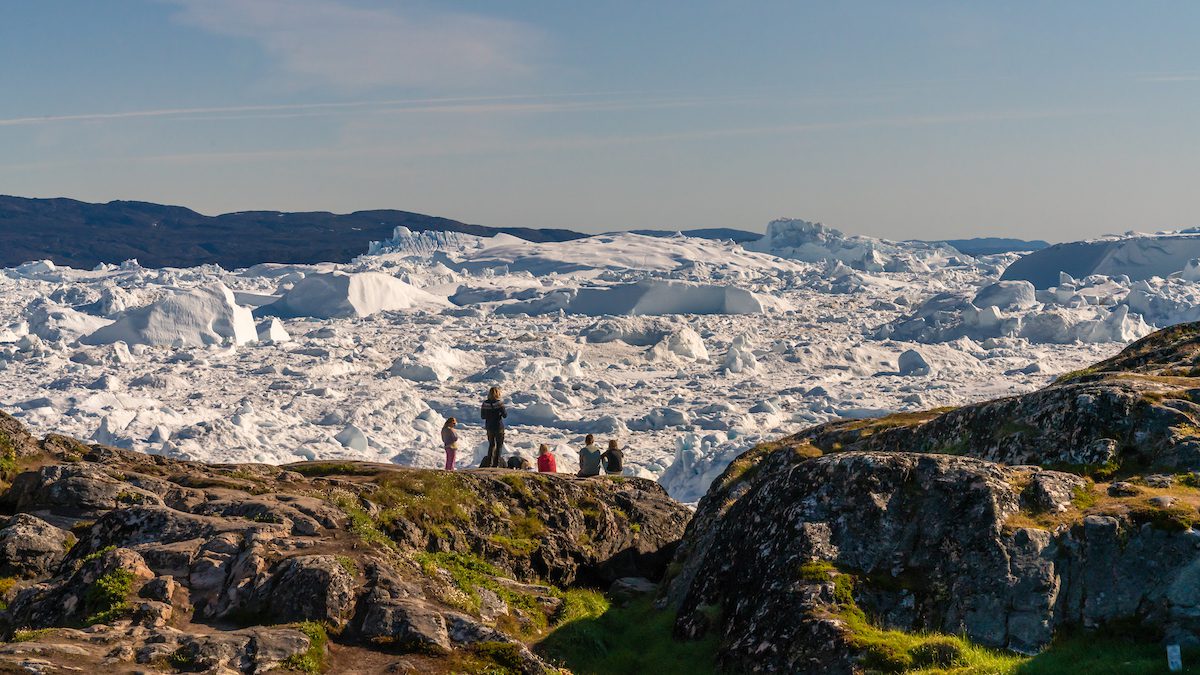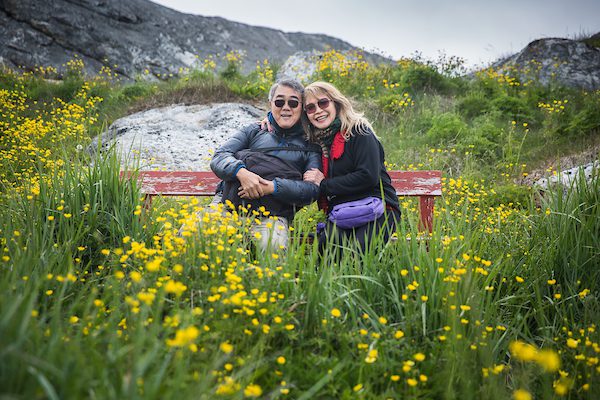Welcome to Qeqertarsuaq – Disko Island
Legend says that two catchers went hunting for seals in South Greenland, saw Disko Island and pulled it northwards. It was simply in their way when the hunters were heading for the sea, so they moved the island with their kayaks and a strain of hair from an infant. In Ilulissat, a witch saw the island, cast a spell and ran the island aground. That is how Disco Island received its current location.
The “documented” history of Disco Island (Qeqertarsuaq in Greenlandic) begins in the 16th-17th Century, even if traces of habitation have been found 4.000 to 4.500 years before that. The history of the volcanic island has pivoted around whaling and for many years, Qeqertarsuaq, the main town of Disko Island, functioned as the capital of North Greenland.
Disko Island is of volcanic origin with hot springs and mountains that look different, compared to the rest of Disco Bay. So if you are a nature lover, interested in Greenlandic history and want to see whales – then Disko Island is the ideal travel destination for you.
The Greenlandic word “Immaqa” means “maybe” and when travelling in Greenland, you should always keep a slight ”immaqa” in the back of your head. Things change in Greenland and the arctic weather is forever changeable so you can never plan everything from home and expect to stick to schedule.
The volcanic island Qeqertarsuaq
Qeqertarsuaq means ”the large island” and it is indeed Greenland’s largest island. If you are interested in geology, you will enjoy a stay here. The island lies in the middle of Disko Bay, and can be reached in a day’s boat cruise.
The island differs from the rest of Greenland as it is of volcanic origin. The landscape is characterized by basaltic mountains and a type of vegetation, not found elsewhere in predominantly flat areas. The area around the town is very fertile with Angelica Gigas and other plants – the rest of the island is untouched nature with hot springs that never freeze (you cannot bathe in them, though). This provides heat and good conditions for vegetation, so judging from arctic standards, Disco Island has a very varied flora and fauna.
Generally, Disko Island is known for its beautiful nature, abundant flora and a certain geology that made geological surveys possible from 1848. In 1906, the “Arctic Station” was founded and it is now the oldest manned field station in the arctic region. The Arctic Station conducts arctic research on bio- and geo-related issues.
With an area of 8,578 km², it is one of the largest islands in the world. It is located about 80 kilometers from Ilulissat. Qeqertarsuaq is about 160 kilometers long and has an average elevation of 975 meters above sea level. The highest point is 1,919 meters above the surface of the sea.
The main town of Qeqertarsuaq
The main town of Qeqertarsuaq is also called Qeqertarsuaq, and has about 850 residents today. Qeqertarsuaq was founded in 1773 under the name of Godhavn by the whaler and merchant, Svend Sandgreen.
Qeqertarsuaq is beautifully located by the Disko Bay. In the background, basalt mountains rise in their majestic appearance. The town is located on a peninsula and has a natural harbor. The main occupation is crab and halibut; crab fishing being the essential one.
The church is popularly referred to as ”God’s Little Inkwell” because of its unique shape and is located in the middle of town, just as the school. The old Doctor’s residence and former headquarters for the Governor of North Greenland, is today a museum and we highly recommend a visit as it gives a good insight into the city that was once the capital of North Greenland.
